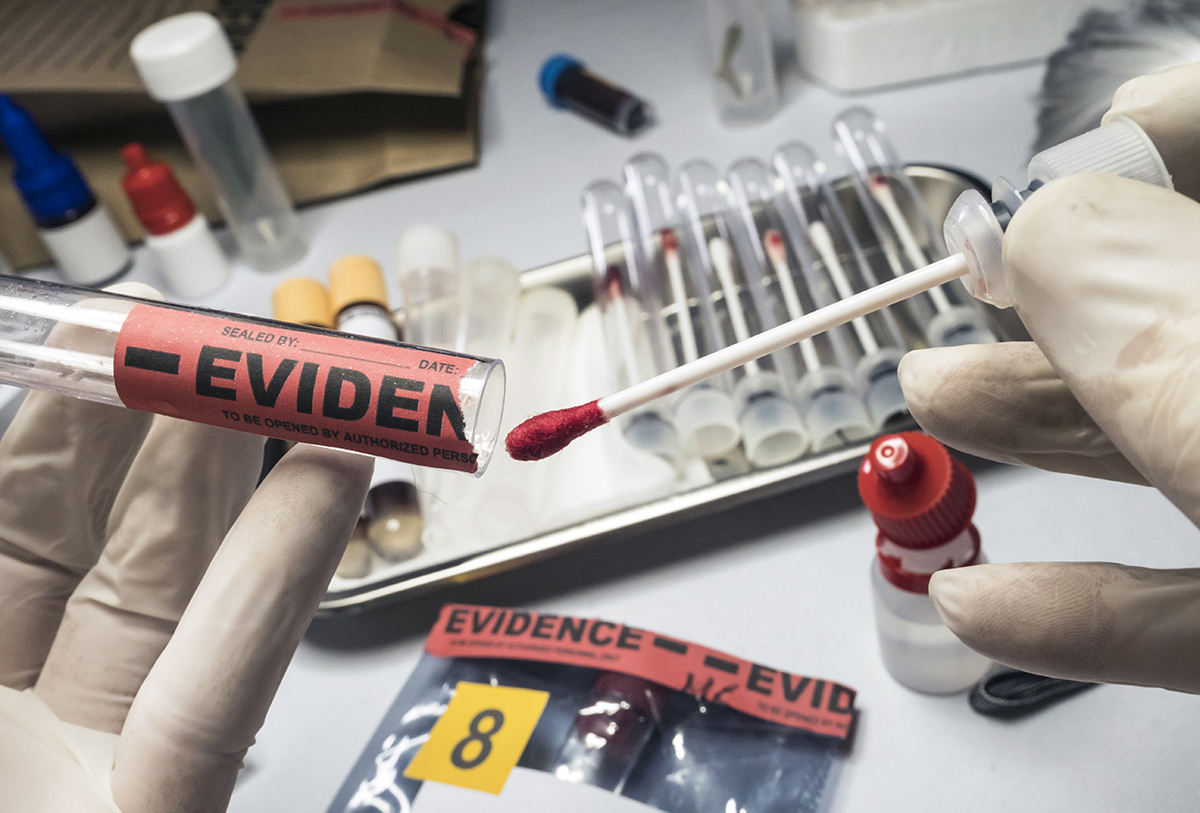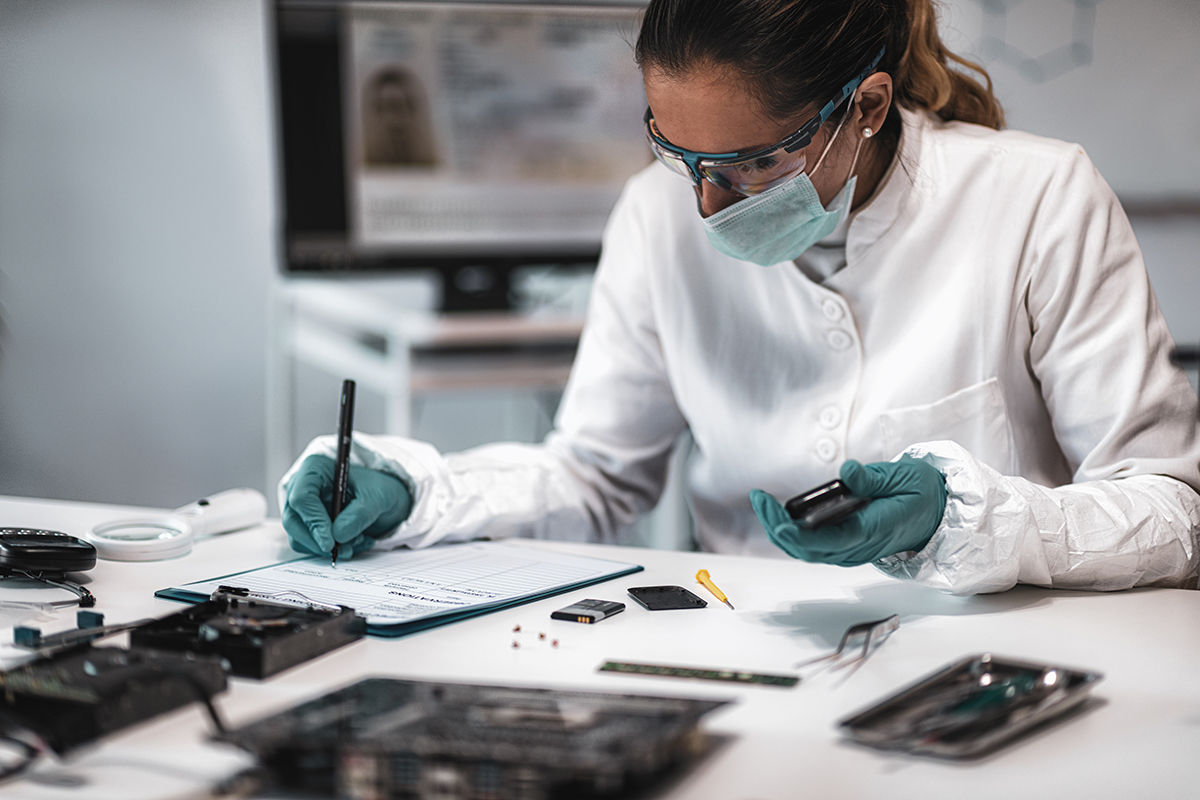 ATF’s forensic laboratories analyze trace materials found at crime scenes to generate leads, identify possible suspects and help solve investigations. They are staffed by chemists, biologists, engineers, fingerprint specialists, firearm and toolmark examiners and document analysts.
ATF’s forensic laboratories analyze trace materials found at crime scenes to generate leads, identify possible suspects and help solve investigations. They are staffed by chemists, biologists, engineers, fingerprint specialists, firearm and toolmark examiners and document analysts.
These forensic experts can recover trace amounts of DNA, identify toolmarks on firearms and other objects, analyze bullets and cartridge cases, compare finger and palm prints, and restore obliterated serial numbers. They also provide on-scene support and technical assistance during bombings, fire scene investigations and shootings.
Explore careers in forensics and STEM
Locations
ATF has three laboratories located in Atlanta, Georgia; Walnut Creek, California; and ATF’s National Laboratory Center in Ammendale, Maryland. They are strategically placed to handle ATF’s caseloads and assist local, state and federal law enforcement agencies throughout the country.
Accreditation
All three laboratories are accredited by ANSI National Accreditation Board. In addition, the laboratory in Maryland meets the requirements of the FBI Quality Assurance Standards for Forensic DNA Testing Laboratories.
View all forensic lab publications
 Training
Training
ATF’s forensic experts provide training and research to support the National Firearms Examiners Academy and National Center for Explosives Training and Research, as well as various interagency partners. They conduct training for ATF’s explosives and accelerant detection canine programs and teach courses on fire debris analysis, homemade explosives and other specialized topics. Thanks to these developmental opportunities, ATF special agents can apply leading-edge forensics best practices in their criminal investigations.
Combating Violent Crime
Laboratory staff members are ready to activate at a moment’s notice with ATF’s National Response Teams and International Response Team to support major crime scene investigations across the country. Recent high-profile cases include the MV Conception boat fire in 2020 and the Austin, Texas serial bombings in 2018.

